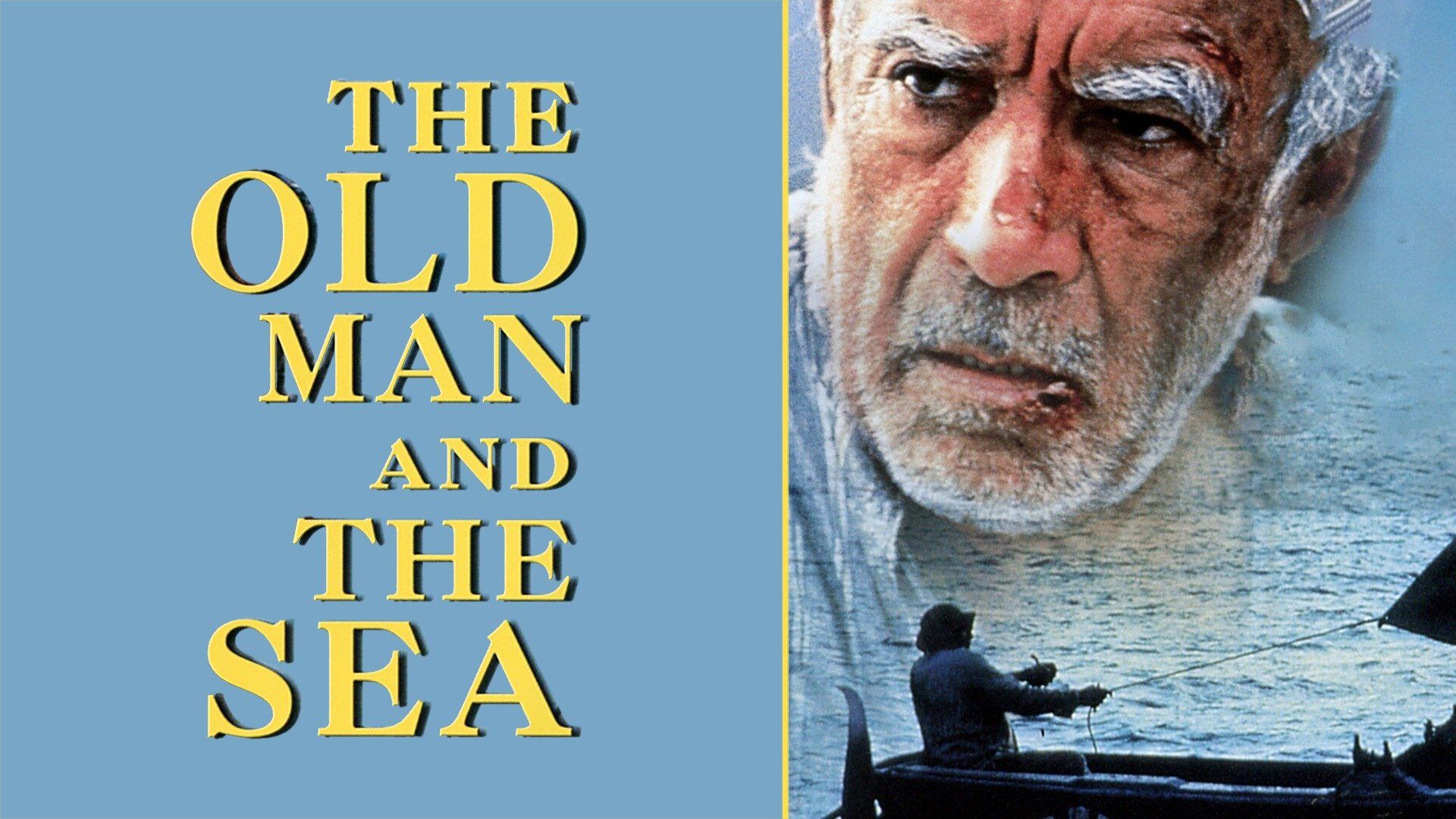
Are you ready to dive deep into the enchanting world of “The Old Man and the Sea”? Get ready to be captivated by this timeless classic, penned by none other than the literary genius, Ernest Hemingway. But did you know that this compelling story of an aging fisherman’s extraordinary battle with a giant marlin was not only a literary masterpiece but also made its way onto the silver screen?
In this article, we will share with you 42 fascinating facts about the movie adaptation of “The Old Man and the Sea.” From the cast and crew to the production challenges and critical reception, we will delve into all aspects of this unforgettable film. So, grab your popcorn and settle in as we embark on a journey through the trivia and behind-the-scenes details of this cinematic gem.
Key Takeaways:
- “The Old Man and the Sea” is a classic film adaptation of Ernest Hemingway’s novella, featuring powerful performances, stunning cinematography, and timeless themes of human resilience and the struggle against nature.
- This cinematic masterpiece captures the essence of Hemingway’s storytelling, inspiring viewers with its portrayal of perseverance, the human spirit, and the profound connection between man and nature.
“The Old Man and the Sea” is a 1958 film adaptation of Ernest Hemingway’s novella.
Directed by John Sturges, this classic movie brings Hemingway’s beloved story to life on the silver screen.
The film stars Spencer Tracy in the lead role as Santiago, the old fisherman.
Tracy’s powerful and nuanced performance earned him an Academy Award nomination for Best Actor.
“The Old Man and the Sea” was shot on location in Cuba.
The film captures the authentic beauty of the Caribbean sea and the vibrant culture of Cuba.
It was released by Warner Bros. Pictures.
The well-known production company brought the film to audiences worldwide.
The movie received mixed reviews upon its initial release.
While some praised the performances and cinematography, others criticized the slow pace of the film.
The screenplay was written by Peter Viertel.
Viertel worked closely with Hemingway during the adaptation process to capture the essence of the novella.
The film’s score was composed by Dimitri Tiomkin.
Tiomkin’s haunting and evocative music enhances the dramatic moments of the film.
“The Old Man and the Sea” was nominated for three Academy Awards.
It received nominations for Best Actor, Best Original Score, and Best Art Direction.
The film explores themes of perseverance, courage, and the human struggle against nature.
Through the character of Santiago, it delves into the depths of the human spirit.
The movie showcases stunning cinematography.
The sweeping shots of the ocean and the solitude of Santiago’s journey immerse viewers in his world.
“The Old Man and the Sea” is a testament to Hemingway’s enduring literary legacy.
The film captures the essence of his writing and brings it to the big screen for a new generation of audiences.
Many scenes in the movie were filmed on a real fishing boat.
This added authenticity and a sense of realism to the film’s portrayal of Santiago’s struggles.
The film’s dialogue stays true to Hemingway’s sparse and concise writing style.
It captures the essence of his words and brings them to life through the characters.
“The Old Man and the Sea” remains a timeless tale of resilience and the human spirit.
Its themes continue to resonate with audiences, making it a beloved classic.
Spencer Tracy’s performance as Santiago is considered one of the highlights of his career.
He embodies the character’s strength, determination, and unwavering spirit.
The film portrays the challenges faced by Santiago as he battles a giant marlin.
The epic struggle between man and nature forms the core of the movie’s narrative.
The movie’s release coincided with the Cuban Revolution.
This added a layer of political and historical context to its reception.
Hemingway was known for his affinity for the sea and his love of fishing.
His personal experiences influenced the vivid descriptions and realistic portrayal of Santiago’s journey.
“The Old Man and the Sea” showcases the beauty and power of nature.
The ocean serves as both a backdrop and a character in the film, providing a sense of awe and wonder.
The film’s cinematography captures the vastness of the sea and the isolation of Santiago on his boat.
The visuals convey the loneliness and determination of the old man.
The novella on which the film is based won the Pulitzer Prize for Fiction in 1953.
Hemingway’s mastery of storytelling is translated onto the screen in this cinematic adaptation.
“The Old Man and the Sea” explores the universal theme of man’s struggle against his own limitations.
Santiago’s battle with the marlin becomes a metaphor for the human condition.
The movie’s narrative is driven by Santiago’s internal monologues.
Through his thoughts, viewers gain insight into his character and his relationship with the sea.
The film’s pacing reflects the slow and contemplative nature of Santiago’s journey.
It allows for introspection and reflection on the deeper meanings of the story.
“The Old Man and the Sea” showcases the triumph of the human spirit in the face of adversity.
Santiago’s unwavering determination and resilience inspire viewers to never give up.
The movie’s release sparked a renewed interest in Hemingway’s work.
It introduced a new generation to his stories and writing style.
The film underwent several screenplay revisions before the final version was produced.
The changes sought to preserve the essence of the novella while adapting it for the visual medium.
“The Old Man and the Sea” remains a staple in literature and film classrooms worldwide.
It continues to be studied and analyzed for its themes and storytelling techniques.
The movie’s atmospheric lighting adds depth and mood to the visuals.
The contrast between light and shadow enhances the emotional impact of the film.
“The Old Man and the Sea” showcases the profound connection between man and nature.
It explores the symbiotic relationship between Santiago and the sea.
The film’s ending is thought-provoking and open to interpretation.
It sparks discussions and debates among viewers about its deeper meaning.
“The Old Man and the Sea” reminds us of the fragility and resilience of the human condition.
It emphasizes the importance of perseverance and the pursuit of one’s dreams.
The movie’s sparse dialogue enhances the impact of each word spoken.
It communicates volumes through silence and subtlety.
“The Old Man and the Sea” is a testament to the power of storytelling.
It proves that a simple yet profound tale can captivate audiences for generations.
The film reflects Hemingway’s themes of masculinity, honor, and the search for meaning in life.
It explores the complexities of these ideas through Santiago’s journey.
“The Old Man and the Sea” effectively transports viewers to the world of the novella.
It captures the essence of Hemingway’s prose and translates it into cinematic language.
The movie’s score complements the visuals and enhances the emotional impact of the story.
It heightens moments of tension, joy, and contemplation throughout the film.
“The Old Man and the Sea” serves as a reminder of the human spirit’s indomitable nature.
It inspires viewers to never surrender, no matter the odds.
The film’s iconic poster featuring Spencer Tracy’s determined face has become synonymous with the story.
It has been widely recognized and imitated over the years.
“The Old Man and the Sea” showcases the timeless struggle between man and nature.
It raises questions about the limits of human strength and the pursuit of one’s passions.
The film’s somber tone reflects the solitude and introspection of Santiago’s journey.
It captures the essence of the old man’s experience and loneliness at sea.
“The Old Man and the Sea” continues to be celebrated as a cinematic masterpiece.
Its impact on storytelling and its exploration of the human condition make it a must-watch for film enthusiasts.
Conclusion
In conclusion, The Old Man and the Sea is a timeless classic that captivates audiences with its powerful storytelling and deep themes. From its stunning visuals to the incredible performances, this movie continues to leave a lasting impact on viewers. Its exploration of perseverance, resilience, and the human spirit serves as a reminder of the strength and determination that can be found within us. Whether you’re a fan of the original book or are discovering the story for the first time through the film adaptation, The Old Man and the Sea is a must-watch that will leave you inspired and touched.
FAQs
Q: Who wrote the book “The Old Man and the Sea”?
A: The book “The Old Man and the Sea” was written by Ernest Hemingway, an acclaimed American author.
Q: When was the movie “The Old Man and the Sea” released?
A: The movie “The Old Man and the Sea” was released in 1958.
Q: Who directed the movie “The Old Man and the Sea”?
A: The movie was directed by John Sturges, a renowned American film director.
Q: Who played the lead role in “The Old Man and the Sea”?
A: Spencer Tracy portrayed the lead character, Santiago, in the movie adaptation of “The Old Man and the Sea.
Q: What is the duration of the movie?
A: The movie has a runtime of approximately 1 hour and 26 minutes.
Was this page helpful?
Our commitment to delivering trustworthy and engaging content is at the heart of what we do. Each fact on our site is contributed by real users like you, bringing a wealth of diverse insights and information. To ensure the highest standards of accuracy and reliability, our dedicated editors meticulously review each submission. This process guarantees that the facts we share are not only fascinating but also credible. Trust in our commitment to quality and authenticity as you explore and learn with us.


